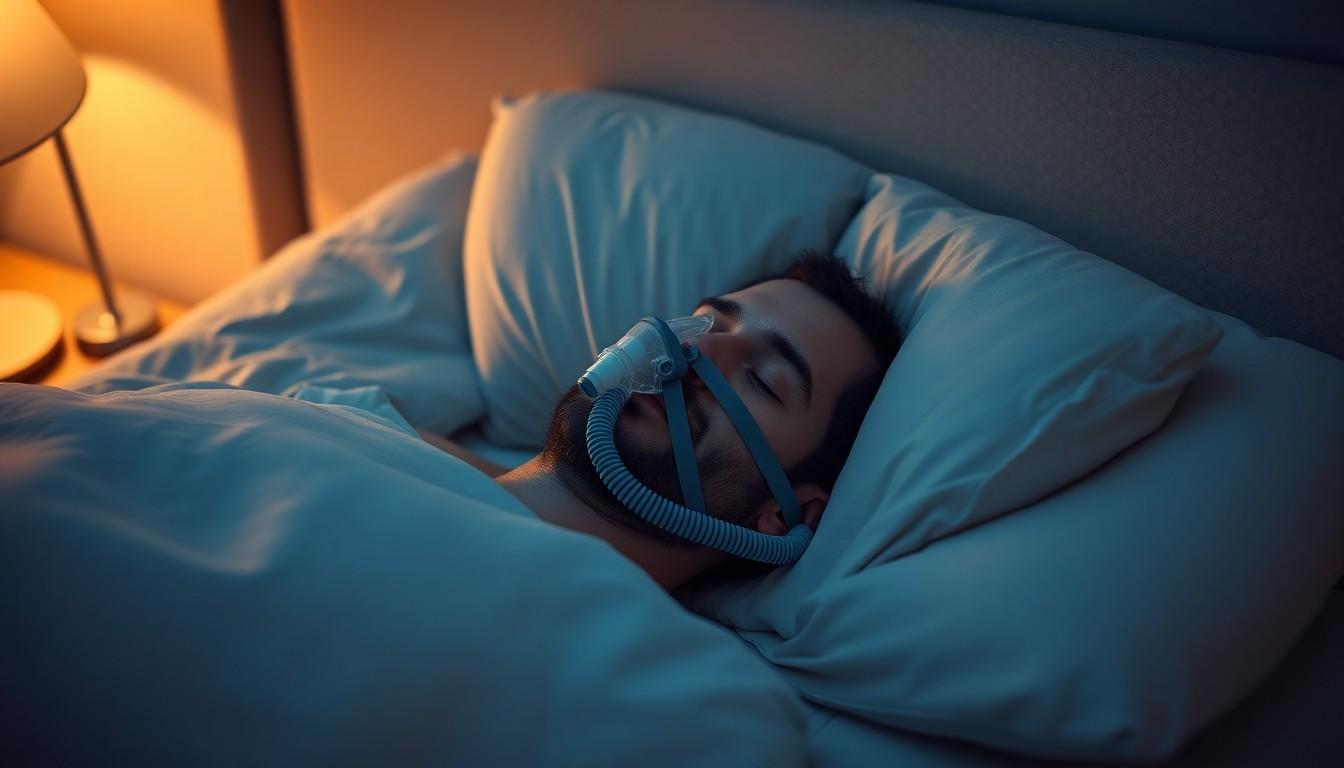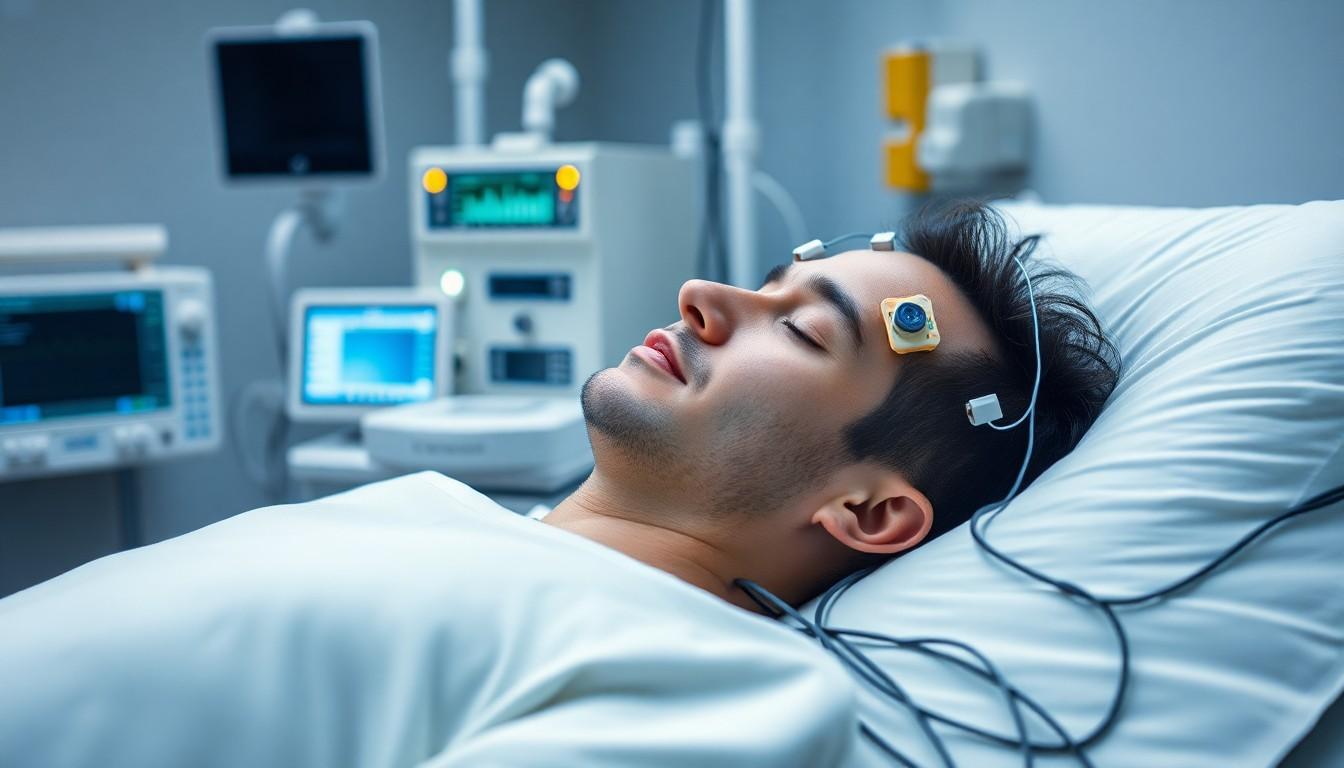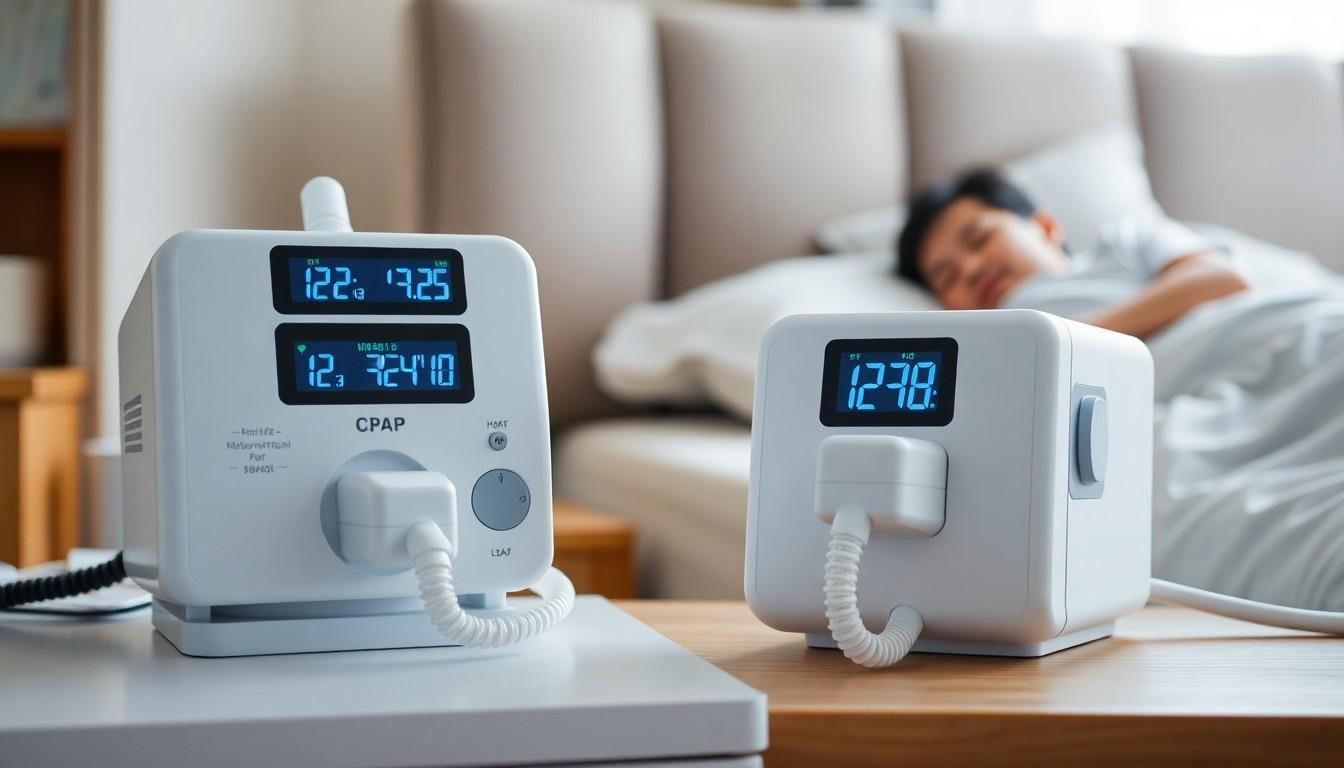Sleep apnea affects millions of people worldwide, and understanding the Apnea-Hypopnea Index (AHI) is crucial for diagnosing and treating this common sleep disorder. AHI measures the severity of sleep apnea by counting the number of breathing interruptions that occur per hour during sleep.
Medical professionals use AHI scores to classify sleep apnea into mild, moderate, or severe categories. This classification helps determine the most appropriate treatment options for patients and monitors their progress over time. As more people seek answers for their sleep-related issues, knowing how to interpret AHI scores has become increasingly important for both healthcare providers and patients.
Understanding AHI and Sleep Apnea
The Apnea-Hypopnea Index (AHI) represents the cornerstone metric for diagnosing sleep apnea severity. This diagnostic tool quantifies breathing disruptions during sleep by measuring both complete breathing stops and partial airflow reductions.
What Is Apnea-Hypopnea Index (AHI)
AHI calculates two distinct types of breathing events that occur during sleep:
- Complete Stops (Apneas): Episodes lasting 10+ seconds where breathing completely stops, accompanied by blood oxygen level drops
- Partial Blockages (Hypopneas): Events lasting 10+ seconds with airflow reduction exceeding 30%
| Event Type | Duration | Airflow Change |
|---|---|---|
| Apnea | ≥10 seconds | 100% reduction |
| Hypopnea | ≥10 seconds | >30% reduction |
How AHI Measures Sleep Apnea Severity
The AHI score emerges from dividing total breathing events by total sleep hours, producing an hourly average of disruptions. Medical professionals use these ranges to classify sleep apnea severity:
| Severity Level | AHI Range (events/hour) |
|---|---|
| Normal | <5 |
| Mild | 5-14 |
- Determining appropriate treatment protocols
- Monitoring treatment effectiveness
- Adjusting interventions based on patient response
- Tracking condition progression over time
Types of Sleep Apnea and Their AHI Scores

The Apnea-Hypopnea Index (AHI) categorizes sleep apnea into three distinct severity levels based on the number of breathing events per hour during sleep. Each category represents progressively more severe symptoms with specific health implications.
Mild Sleep Apnea (AHI 5-15)
Mild sleep apnea occurs when a person experiences 5 to 14 breathing interruptions per hour during sleep. At this stage, patients often exhibit initial symptoms like light snoring occasional daytime fatigue. The condition remains manageable through lifestyle changes such as weight reduction side sleeping adjustments.
Moderate Sleep Apnea (AHI 15-30)
Moderate sleep apnea manifests with 15 to 29 breathing events hourly during sleep. This increased frequency of interruptions leads to more pronounced symptoms including consistent loud snoring morning headaches reduced cognitive function. Treatment options become more intensive at this stage with CPAP therapy emerging as a primary intervention method.
Severe Sleep Apnea (AHI 30+)
Severe sleep apnea presents with 30 or more breathing events per hour indicating significant sleep disruption. This advanced stage carries heightened risks for cardiovascular complications metabolic disorders cognitive impairment. Immediate medical intervention becomes essential with combinations of CPAP therapy surgical options specialized dental devices depending on individual cases.
| AHI Category | Events per Hour | Primary Symptoms |
|---|---|---|
| Mild | 5-14 | Light snoring, occasional fatigue |
| Moderate | 15-29 | Consistent snoring, morning headaches |
| Severe | 30+ | Extreme fatigue, cardiovascular risks |
Diagnosing Sleep Apnea Using AHI

The Apnea-Hypopnea Index (AHI) provides a standardized measurement for diagnosing sleep apnea through sleep studies. This diagnostic tool counts breathing interruptions during sleep to determine the presence and severity of sleep apnea.
Sleep Study Testing Methods
Sleep studies measure AHI through two primary methods:
- Laboratory Polysomnography: A comprehensive overnight study conducted in a specialized sleep center that monitors:
- Brain wave patterns
- Blood oxygen levels
- Heart rate variations
- Breathing patterns
- Body movements
- Home Sleep Testing: A simplified version using portable devices that track:
- Airflow measurements
- Breathing effort
- Blood oxygen levels
- Heart rate
Interpreting Your AHI Results
AHI results indicate sleep apnea severity based on these established ranges:
| AHI Range | Diagnosis | Events per Hour |
|---|---|---|
| Less than 5 | Normal | 0-4 events |
| 5 to 14 | Mild OSA | 5-14 events |
| 15 to 29 | Moderate OSA | 15-29 events |
| 30 or more | Severe OSA | 30+ events |
- Complete breathing stops lasting 10+ seconds (apneas)
- Airflow reductions of 30%+ lasting 10+ seconds (hypopneas)
- Associated drops in blood oxygen levels
Treatment Options Based on AHI Levels

Treatment selection for sleep apnea correlates directly with AHI severity levels. Medical professionals recommend specific interventions based on whether a patient’s AHI score indicates mild (5-15), moderate (15-30), or severe (>30) sleep apnea.
CPAP Therapy
CPAP therapy serves as the primary treatment for moderate to severe sleep apnea cases with AHI scores above 15. The machine delivers pressurized air through a mask, maintaining open airways during sleep. CPAP effectiveness measurements show reduced AHI scores to below 5 events per hour in successful cases.
Key benefits of CPAP therapy include:
- Immediate reduction in breathing interruptions
- Normalized oxygen levels during sleep
- Decreased daytime fatigue
- Lower risk of cardiovascular complications
Lifestyle Changes and Alternative Treatments
Patients with mild sleep apnea (AHI 5-15) often respond well to non-CPAP interventions. These evidence-based approaches target specific factors contributing to sleep apnea:
Positional therapy:
- Side sleeping to reduce gravity’s effect on airways
- Elevated head position using specialized pillows
- Anti-snoring positional devices
Weight management:
- 10% weight reduction decreases AHI by 20% in overweight patients
- Structured exercise programs
- Dietary modifications
Additional interventions:
- Oral appliances for mild to moderate cases
- Avoiding alcohol 4 hours before bedtime
- Treating nasal congestion
- Regular sleep schedule maintenance
Treatment effectiveness monitoring occurs through follow-up sleep studies measuring AHI improvement. Medical providers adjust treatment plans based on these results to optimize outcomes.
Monitoring and Managing Your AHI Scores

Regular Sleep Studies
Sleep studies track AHI changes over time through periodic monitoring sessions. Home sleep tests measure oxygen levels, breathing patterns, heart rate variations while laboratory polysomnography provides comprehensive data collection under clinical supervision. Each test identifies fluctuations in AHI scores, enabling healthcare providers to adjust treatment plans accordingly.
Daily Tracking
Modern CPAP machines automatically record nightly AHI scores. These devices measure:
- Number of apnea events
- Frequency of hypopnea occurrences
- Total sleep duration
- Mask seal effectiveness
- Oxygen saturation levels
Treatment Adjustments
AHI scores guide treatment modifications for optimal results:
| AHI Range | Treatment Response |
|---|---|
| 0-5 | Maintain current treatment |
| 5-15 | Minor pressure adjustments |
| 15+ | Significant intervention required |
Lifestyle Modifications
Specific actions complement medical treatments to improve AHI scores:
- Maintaining consistent sleep schedules
- Sleeping on the side instead of back
- Avoiding alcohol 4 hours before bedtime
- Exercising regularly 3-5 times weekly
- Managing weight through proper nutrition
Professional Consultation
Regular check-ups with sleep specialists ensure proper AHI management through:
- Analysis of CPAP data reports
- Assessment of treatment effectiveness
- Equipment maintenance verification
- Updates to treatment protocols
- Review of lifestyle modifications
- Morning symptom tracking
- Sleep position documentation
- Environmental factor notes
- Medication impact observations
- Treatment compliance records
Conclusion
Understanding AHI scores is crucial for effective sleep apnea diagnosis and treatment. This valuable metric helps healthcare providers determine the severity of sleep apnea and develop appropriate treatment plans tailored to each patient’s needs.
Proper monitoring and management of AHI scores through regular sleep studies and modern CPAP technology empowers both medical professionals and patients to track progress and make necessary adjustments. Whether through lifestyle changes mild cases or intensive medical interventions for severe cases successful treatment depends on accurate AHI measurements and consistent monitoring.
The path to better sleep health starts with understanding AHI scores and working closely with healthcare providers to achieve optimal results.
